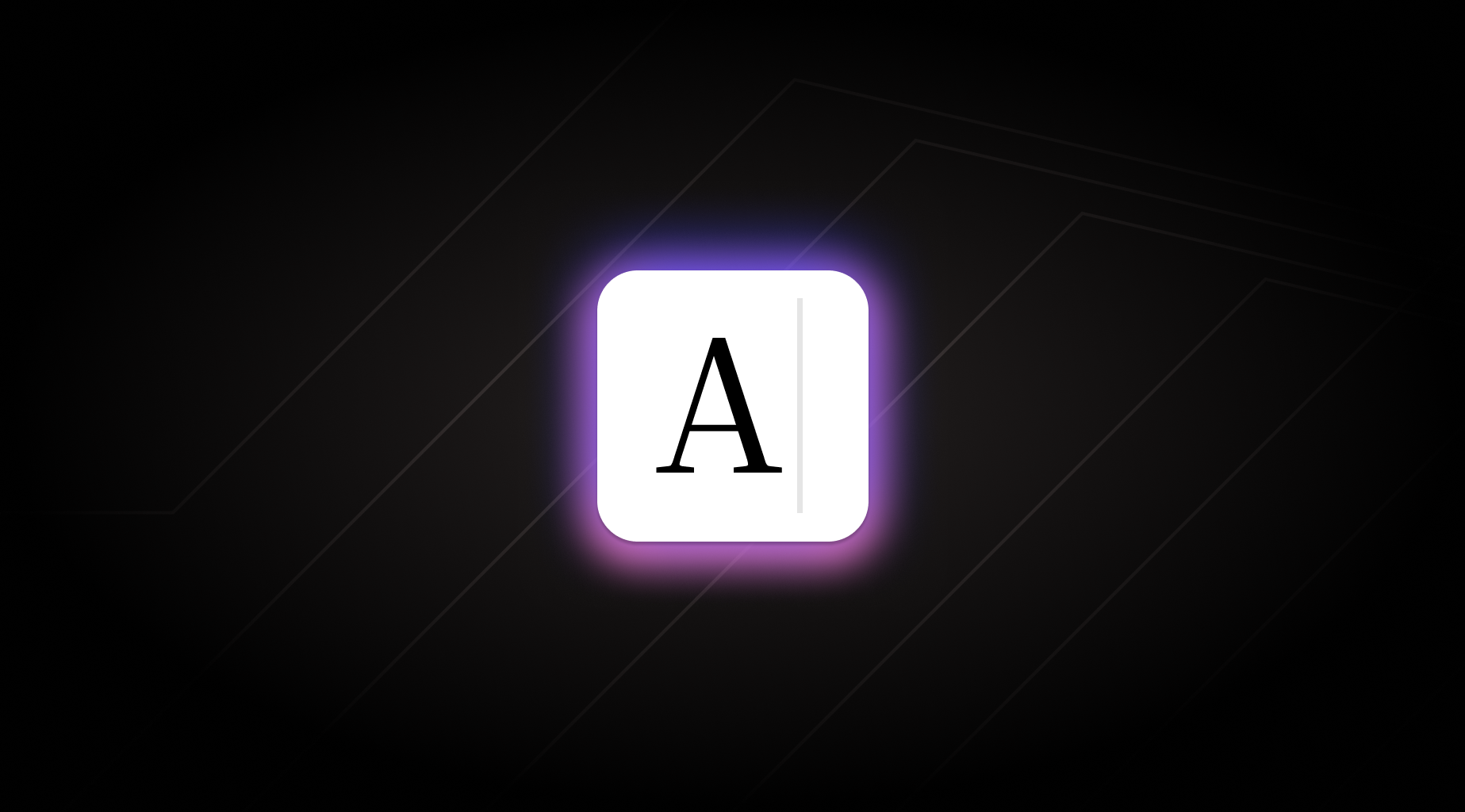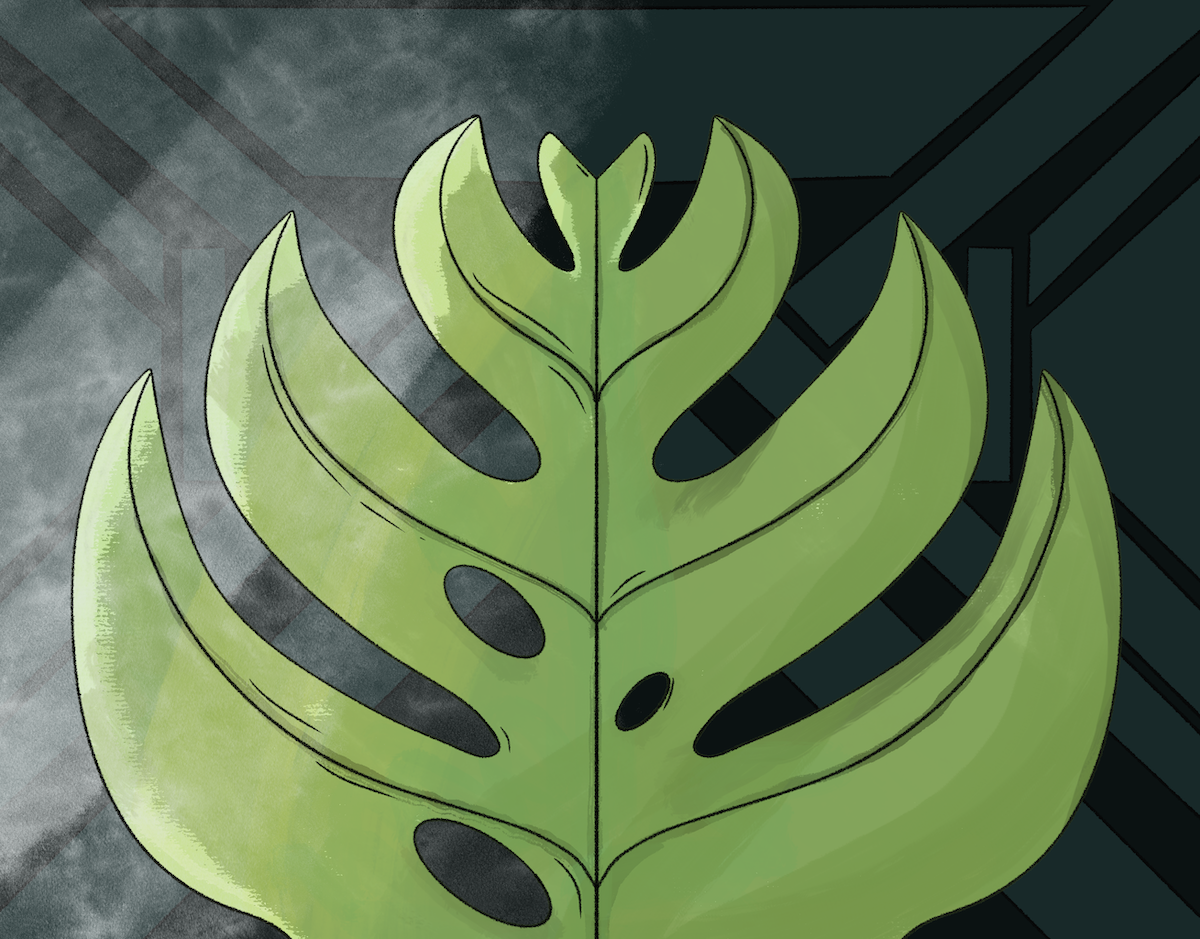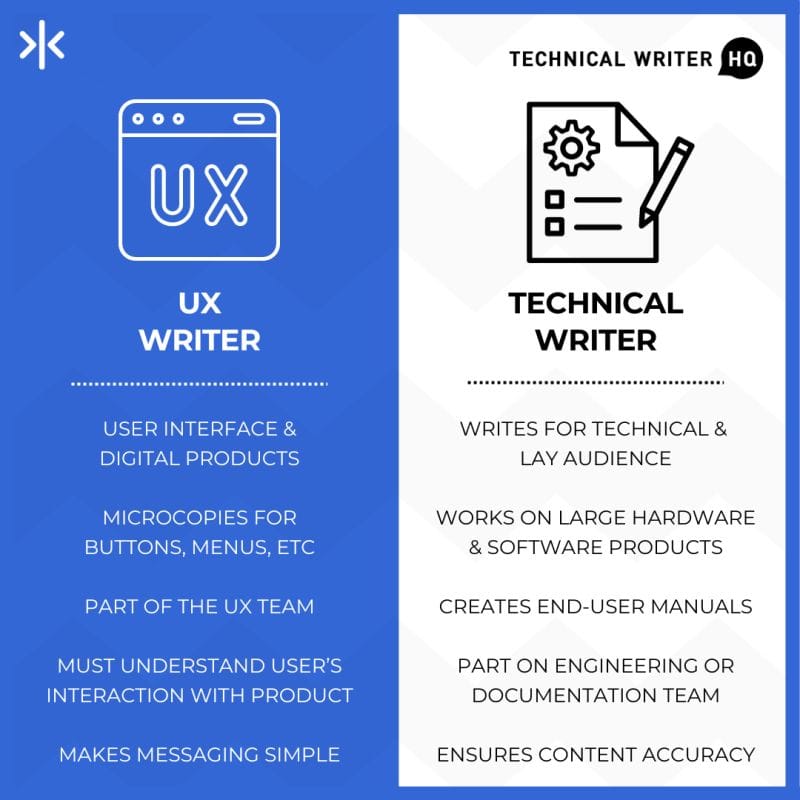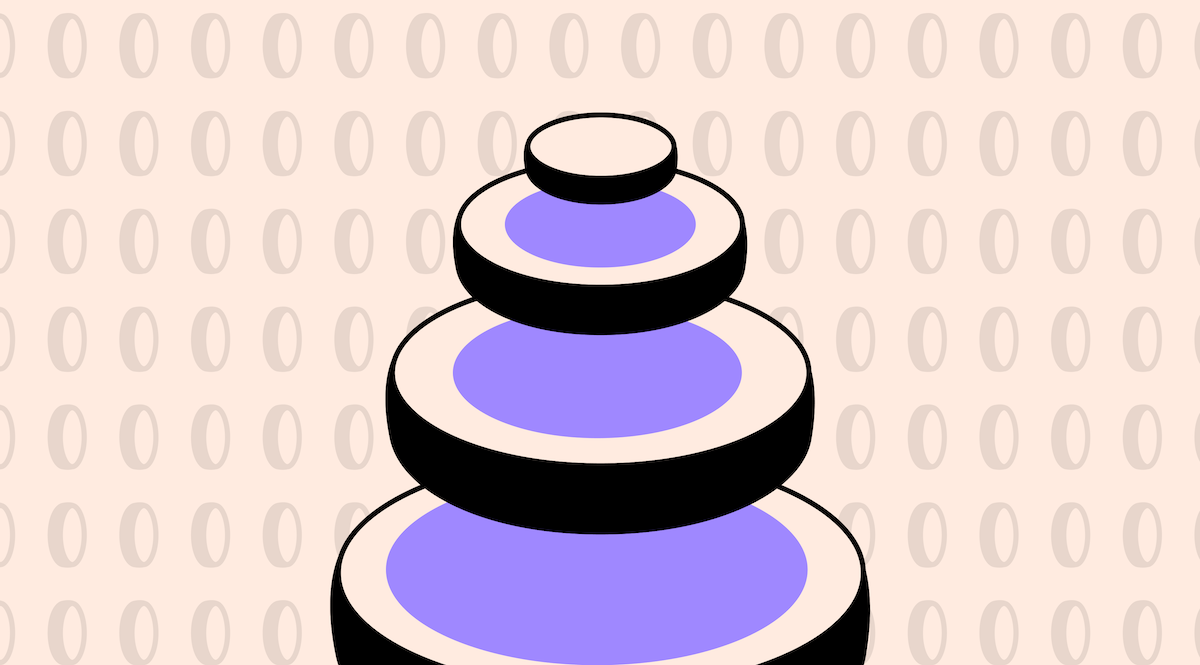
You've done your research and eagerly awaited its arrival, and now your cutting-edge IoT doorbell is in your hands.
Excited to check it out—what's the first thing you do? Unbox it, right?
As you unearth this tech marvel the instruction manual catches your eye. Clear directions and helpful diagrams at your service. It's like having a friendly guide to walk you through the setup, making it all a breeze.
But have you ever wondered about the brain behind these well-crafted instructions?
Chances are, it's a technical writer. Someone who's great at making complex stuff easy to understand. Thanks to them anyone can dive into the latest tech, no matter their expertise level.
When you think about writers, you might picture novelists, poets, or journalists—the ones who spin tales and evoke emotions.
But there's a whole other type of writer often overlooked, yet incredibly vital to our tech world.
Let's talk about technical writers—the unsung heroes of our digital age, shaping innovation and user experience.
So, what exactly do they do and why is their role so important today?
Well, technical writing goes way beyond the user manual nobody reads or the tech jargon in software.
It's about turning complex info into something you can easily understand and act upon.
In this post, we'll explore the world of technical writing, its growing importance, and why it's key for future businesses even as AI takes the world by storm.
What's Involved in Being a Technical Writer?
Technical writing is like creating documents with a tech twist.
From user guides to connecting developers, it's more than just simplifying tech talk. It's about making information meaningful and accessible, decoding the complex for clear, coherent communication.
Remember back in the early 2000s when getting a new game felt like a holiday?
That's exactly how I felt when I got my hands on The Sims 2 CD after its release.
It wasn't just any game; it was an entire universe waiting to be explored, right in my living room. The moment I peeled off the plastic wrapping, a sense of anticipation washed over me.
But before I could jump into creating families and building dream homes (and er...trapping Sims in pools 👀), there was one critical step: the instructions.
I eagerly flipped open the booklet nestled inside the case. The instructions weren't just procedural guidelines; they felt like a tour guide welcoming me to a new adventure.

Every page contained concise directions and inviting illustrations, making the game setup feel less like a technical chore and more like the beginning of a grand storytelling session. My eyes soaked up tips on character creation, construction basics, and the all-important cheat codes.
It was as if the technical writer knew precisely the excitement and trepidation a first-time player might feel and crafted a manual that was not only informative but also comforting.
Leafing through the game instructions, I realized this wasn't just about installing a game.
It was an invitation to creativity, a primer in a language I was about to become fluent in. Those pages, with their careful blend of technical writing and engaging visuals, were my first step into a world that would captivate me for years.
The unsung craft of those technical writers made my Sims 2 experience not just accessible but unforgettable.
This is the influence a technical writer wields. Even without manuals in CD cases anymore (what a bummer!), you can still evoke emotions when someone signs up for a service or installs something as mundane as a door.
The Craft of Technical Communication
To really understand this craft, you've gotta dive into a mix of things. When I think about it, there are a few types of technical writing focuses that come to mind:
- Manuals and Handbooks: The go-to spot for technical writers, steering users through guides and step-by-step how-tos.
- Developer-Centric Docs: These are blueprints for the code architects and builders, explaining APIs, code stuff, and frameworks to blend form with function.
- Instructional Design: This type of writing involves crafting educational courses and training materials that teach complex concepts in an easily digestible way. Whether the goal is software mastery or understanding the nuances of network security, this type of writing helps learners bridge the knowledge gap.
- Technical Reports: These documents are the bedrock of informed decision-making in businesses and tech industries, detailing research findings, project outcomes, and technical assessments. It's writing that translates data and analysis into actionable insights.
- Knowledge Base Articles: Ever Googled a quick fix for your phone or a how-to guide for a software feature? That's a Knowledge Base article at work. It's the kind of content that addresses specific user queries with targeted solutions, helping people self-serve their way through troubleshooting and mastering new tools.
Whether we're navigating new software at work, fixing a glitch on our smartphones, or installing a smart home device, the clarity, and guidance of technical documentation make the process smoother and more enjoyable.

It's a reminder that at the heart of every device, application, or system there's a story to be told, meticulously crafted by a technical writer to connect us with the marvels of modern technology.
Technical Writers vs. UX Writers—What's the Difference?
User experience (UX) and technical writers are super similar roles. They link the developer's/creator's vision with how users see things.
When a technical writer is part of the development journey, they act as a bridge—connecting the product with its audience, making sure they work together seamlessly.
Technical writers and UX writers work closely together, but sometimes they're not in the same role.
While both technical writers and UX writers aim to clarify and streamline the user's interaction with products, they can focus on different aspects of the communication process.
Technical writers tend provide the nuts and bolts of how a product works.
They’re the ones creating detailed guides, instruction manuals, and help documents that explain the technical aspects of products and services. Their work is more about precision, accuracy, and covering all possible scenarios a user might encounter.
On the other hand, UX writers might focus on crafting the conversational interface between the product and its user.
Their job is to enhance the user experience through words, ensuring the language within the product itself (like menus, buttons, error messages, and instructions) is clear, concise, and user-friendly.
They’re involved in the design process, working closely with designers and developers to make sure that every piece of text the user encounters is intuitive and contributes to a seamless user experience.

But in some scenarios, technical writers end up donning the hat of a UX writer—especially in smaller teams or startups where resources are tight.
When this happens, they're not only in charge of the deep-dive manuals but also of ensuring that every label, error message, and piece of interface copy effectively communicates with the user.
They stretch beyond their traditional role to shape the user's experience directly, making sure that the language throughout the product is not just informative but also engaging and intuitive.
This blend of duties shows the versatility of technical writers and their pivotal role in user experience. By balancing technical depth with conversational clarity, they can sometimes single-handedly bridge the gap between a product and its users, ensuring the technology is approachable without needing a separate UX writer to refine the words used on the screen.
A Day in the Life of a Technical Writer
Picture this: You kick off your day with a hot cup of coffee and a quick peek at the project priorities. What's up first?
It could be drafting a fresh user manual for an upcoming product launch, updating an API guide, or diving into FAQs for a software update. Each day brings something new, and that's what keeps it exciting 😌
Morning
In the morning, you might find yourself reviewing what you've got for the day, including tasks like checking emails or Slack to see what everyone's up to. This is the status quo for most tech-related jobs.
Ioana Stanescu—a Team Lead and Senior Technical Writer—mentions loading up JIRA when starting in the morning in Jacklyn Carroll's Medium post:
"Most of the time, my day starts in JIRA, where we have the team dashboard that organizes most of my work (namely: defect fixes that need release notes and new features that need documentation)."
Late-morning/Afternoon
When you start getting into your "flow" work, this is when things might change.
Depending on your role you might be involved in producing a manual for a client, updating or creating documentation, or if you're a manager—checking up with your team.

Our content in monthly bitesized emails
Get our best content delivered straight to your inbox.
SubscribeEmber Stevens, a technical writer for LaunchDarkly, wrote a piece about a typical day in a post over here. Ember mentions editing a piece of company documentation via Github and later meeting with the UX team to discuss the User Interface (UI) language:
"After lunch, I meet with the user experience (UX) team to talk about upcoming changes to our user interface (UI). The documentation and UX/UI teams work closely together to ensure the language used in the UI is clear, accessible, and follows our style guidelines. We talk about word choice for buttons and labels, how to shorten blocks of text to just the need-to-know information, and where to link out to the documentation from within the product for more details."
Another example is from Carrie—a technical writer contractor with CKGroup. Carrie mentions ensuring accuracy in their current documentation and finding ways to consolidate and simplify it:
"[...]evaluating a software program to detail the functions and tasks for writing into work instructions; examining in detail current documentation for opportunities to consolidate and simplify; document creation, structuring, and proofreading;
Late afternoon
If you're like me, late afternoons are for less focused work. Dipo Ajose-Coker at Componize mentions how they leave the afternoon for peer-review work or more writing:
Choice of more writing or peer reviews. Working in a team of writers, we have a system where we peer review for style guide compliance, typos, and general errors that we never spot in our own work. This also give an opportunity to exchange with my team mates on writing styles, terminology and general writing principles.
A technical writer is a broad role, so meetings with developers, project stakeholders, and managers is a large part of the job.
You'll also find yourself getting a lot of feedback. Whether it's from colleagues, users, or testers, the input you receive helps enhance the documentation. The goal is to make tech easy to understand and user-friendly.
The to-do list may never end, but knowing you've made technology less mysterious for someone out there makes it all worthwhile.
Technological Adoption in the Realm of Technical Writing
The tools of a technical writer are no longer quills and parchment (luckily, there are no more blisters), nor are they just word processors and design software.
Technical writers have a ton of tools at their disposal to step up their game.
From authoring tools to version control platforms, these resources are all about making work smoother and improving quality. But with so many options out there, it can get pretty overwhelming 😅
The real trick is getting the hang of new tools and fitting them seamlessly into your workflow. The key? Pick tools that match your project needs and how you like to work, making tech your ally instead of a headache.
We're entering an era where Artificial Intelligence (AI) is not just a buzzword but a utilitarian assistant, streamlining the iterative process of content creation and curation.
New technological advances allow for new ways of creating documentation, like AI chatbots for help or machine learning to predict user needs based on behavior.
On the writing side, tools like Grammarly or Jasper.ai can help writers simplify their writing or spot errors the technical writer may have missed.

It's important to note these tools certainly aren't perfect, so the writer needs to have the skills to double-check everything and ensure accuracy both in terms of grammar and also the content sources the tool is using.
Tools like Doc Detective can also be used by running tests and matching the UI with your documentation.
Future Pathways for the Technical Writer
When you're just starting in technical writing, being a generalist can really kickstart your career. Offering a range of skills that can adapt to any challenge is helpful.
As you grow and your skills develop, focusing on a niche or specific skill becomes super valuable.

Specializing in something like mastering an authoring tool or a programming language can make you stand out and land you exciting opportunities. To level up in technical writing, it's all about balancing that versatility with deep expertise.
Transitioning from a generalist to a specialist can lead to better career growth and satisfaction.
The career path of a technical writer is full of both challenges and opportunities. The current technological age is relentless, but it also bears the promise of redefining the traditional role of the technical communicator.
Here are some example specialties that come to mind:
- 🧑💻 API Documentation Specialist: This role focuses on creating clear and concise guides, code examples, and references for Application Programming Interfaces (APIs). The goal is to help developers understand and integrate software products effectively.
- 🏥 Medical and Scientific Technical Writer: Here, the work involves producing materials like clinical trial reports, product manuals for medical devices, and pharmaceutical guides. A deep understanding of medical terminologies and regulations is key.
- 🐞 Software Documentation Expert: This expert is all about crafting user-friendly manuals, installation guides, and help sections for software applications. It often involves knowledge of programming languages and software development practices.
- ✍️ Technical Editing Specialist: In this role, the focus is on revising and refining documentation created by others. The aim is to ensure accuracy, clarity, compliance with style guides, and coherence in complex technical documents.
- 🔐 Cybersecurity Documentation Analyst: For this position, the main task is creating security protocols, policies, and emergency response guides to safeguard digital assets. A solid grasp of cybersecurity principles and technology is crucial.
- 💬 UX/UI Documentation Writer: This writer targets creating help content and documentation that enhance the user experience and interface design. Collaboration with UX/UI designers is key to making products more intuitive.
The Business Case for Technical Writers
For businesses, having technical writers on board is a smart move with many perks. It's not just an expense, but a proactive step that can lower support costs, make products more appealing, and strengthen brand loyalty.
A Competitive Edge
In a market where user engagement is a premium commodity, skilled technical writers who understand their audience represent an invaluable asset.
They ensure that the content isn’t just informative but is a sales tool in and of itself, underscoring the product's worth to its consumers.
Just take a look at Duolingo. Their brand has a lotta love since they upped their writing game. You can see their voice style guide over here. Technical writers are no doubt part of this growth since their brand style guide is so lovable (and cheeky—literally).
The ROI of Clarity
Every company wants to level up its customer support game—lessening questions, ensuring quick fixes, and ultimately, boosting customer happiness. Having a solid technical documentation handled by skilled writers can totally help with these aims, giving a great bang for your buck.
According to a Zoomin Software survey, 46% of users claim that bad documentation makes them return products. Yikes! That's a pretty expensive mistake! Yet when it's done right, the reverse is true.
Good documentation leads to fewer support calls and more satisfied customers.
The Closing Chapter
The role of the technical writer is all about evolution and adaptability, reflecting the ever-changing tech world. Technical writers are no longer stuck in the back offices; they're becoming the champions of clear communication in the tech-driven future 🙌
Technical writing isn't just about documenting the now; it's about shaping what's to come.
It's the perfect mix of precision and creativity, blending technical know-how with a deep understanding of how people connect.
Whether you're eyeing a career in this field or already swimming in tech waters, here's the deal—embrace the technical writer. They're the voice of your innovation and the key to your success.
Peeling back the layers of the technical writer, we find a profession that's not just about sharing facts but crafting stories, weaving the human experience into the digital world.
Seeing things from this angle isn't just a boost for your image; it's a way to bring clarity, unravel complexity, and unite humans and machines in a beautiful dance.
